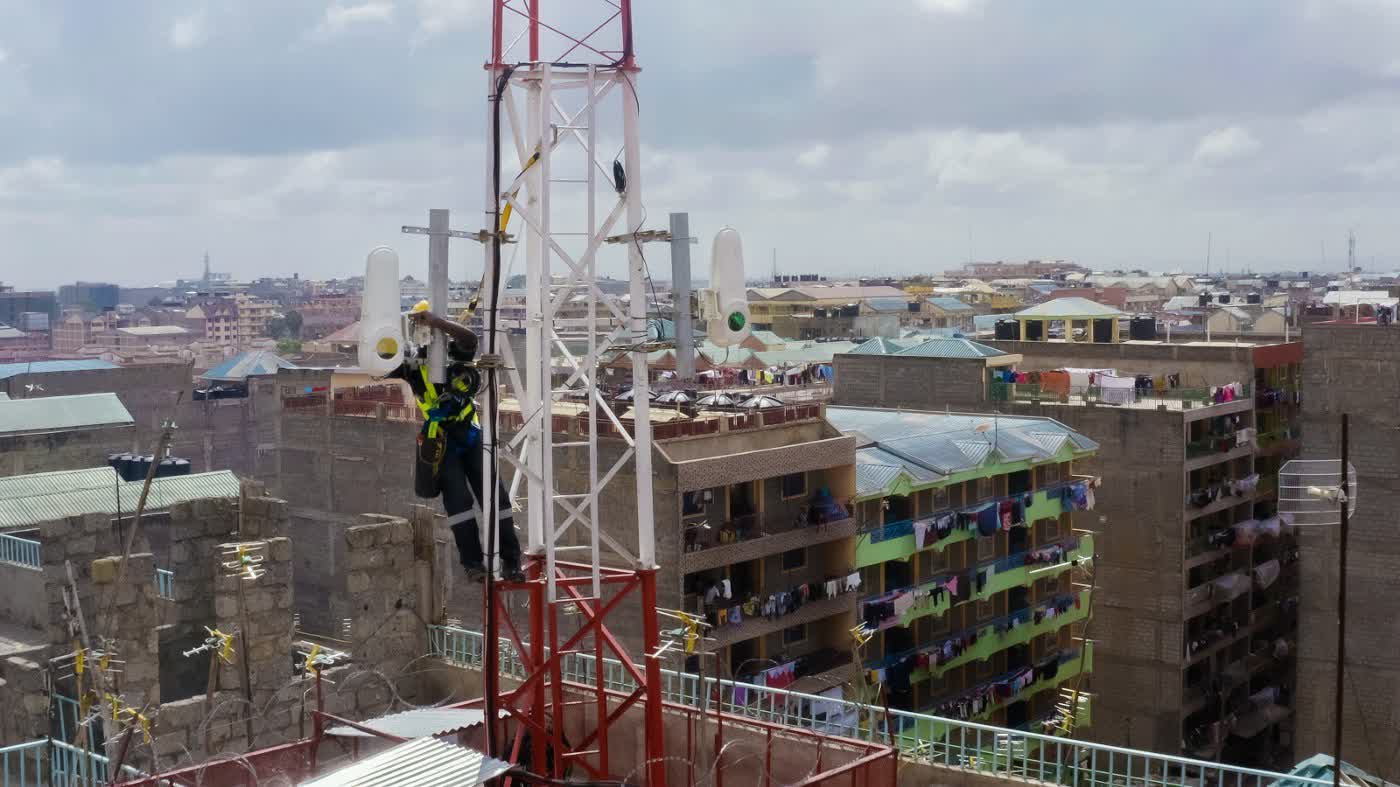The big picture: Alphabet subsidy X (formerly Google X) has been working for the last few years on ways to bridge the digital divide in parts of the world that are underserved. Specifically, the moonshot factory has been experimenting with high-speed, high-capacity connectivity over long distances using light beams.

Project Taara (formerly called The FSOC Project) aims to do just that by using very narrow, invisible beams of light to transmit data over long distances. At present, the tech can cover a distance of up to 20 kilometers (around 12.4 miles) and can transmit bandwidth of up to 20 Gbps+. And soon, it’ll be put to the test in the real world.
X is working with Econet and its subsidiaries, Liquid Telecom and Econet Group, to install Taara links in Kenya to supply high-speed Internet to regions where it is too costly, dangerous or otherwise challenging to lay fiber optic cables.
According to Mahesh Krishnaswamy, the director for Project Taara, this is the first rollout of the tech in Africa following pilots in the same region in 2019.
Because the tech works via line-of-sight, terminals will be placed on tall towers, poles and rooftops to minimize the possibility of the signal being interrupted.
Alphabet is also inviting other network operators and service providers to reach out and see if Taara is a good fit for their applications.
https://www.techspot.com/news/87563-project-taara-uses-beams-light-deliver-high-speed.html